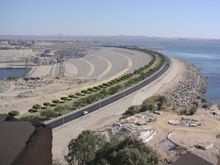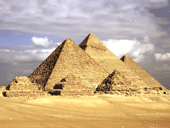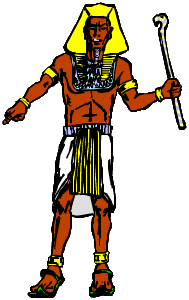
The construction was started in 1960, and fully finished 10 years later. The Aswan High Dam became an expression of political tensions in those days — financed by the help of the Soviet Union, a few years after the war inflicted upon Egypt by Israel, France and Britain. Of the total cost of US$1 billion, about 1/3 seems to have been a gift from the Soviet Union. The Soviet Union provided 400 technicians for the work. The lake that grew gradually from the construction, is called Lake Nasser, in honour of the president Gamal Abdel Nasser, who died the year the dam was finished.
The embankment is 111 metres high, with a width of near 1,000 metres. Lake Nasser is 480 km long and up to 16 km wide. The power station has a yearly output capacity of 2,1 gigawatts, but the full capacity cannot be realized because Lake Nasser's water level is lower than optimum.
Nearby, about 6 km north of the High Dam, lies the older Aswan Dam, from 1902. This was modernized in 1960, and is also producing electricity.
Reference: http://lexicorient.com/e.o/aswandam.htm







